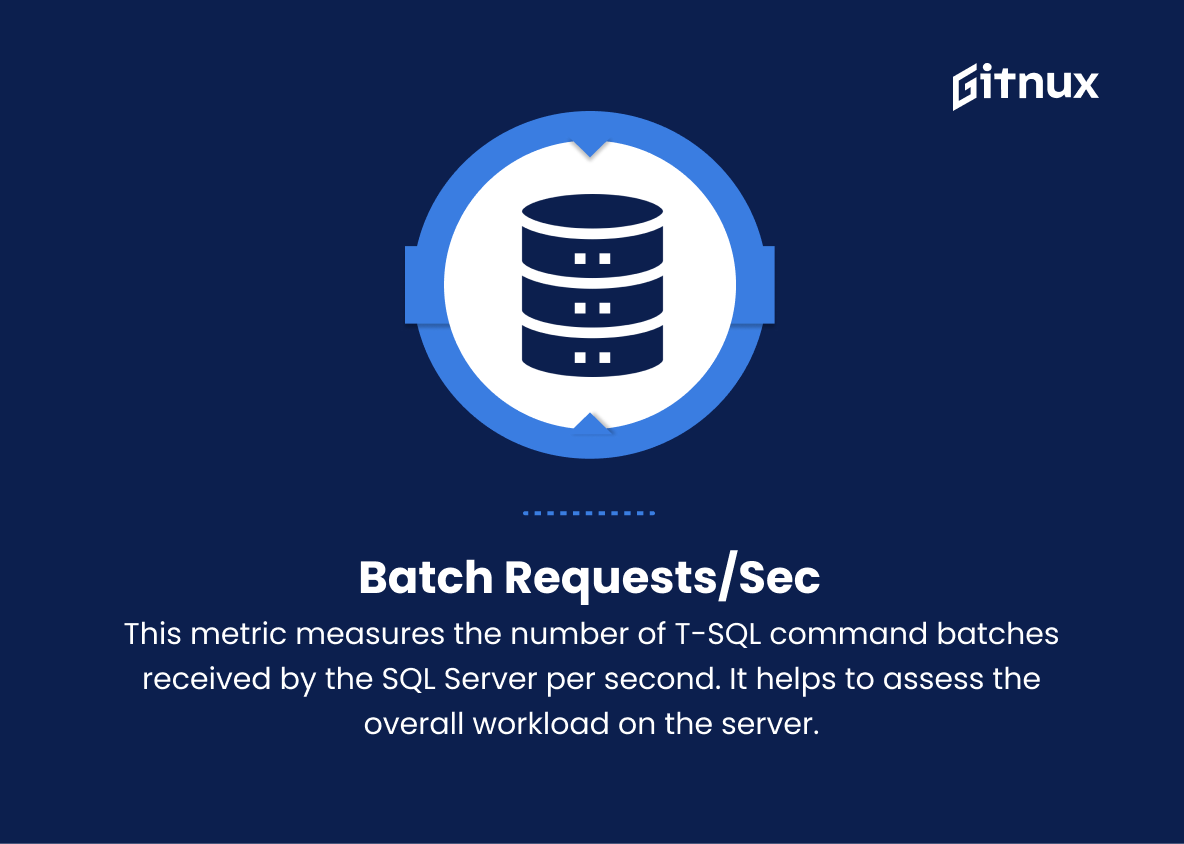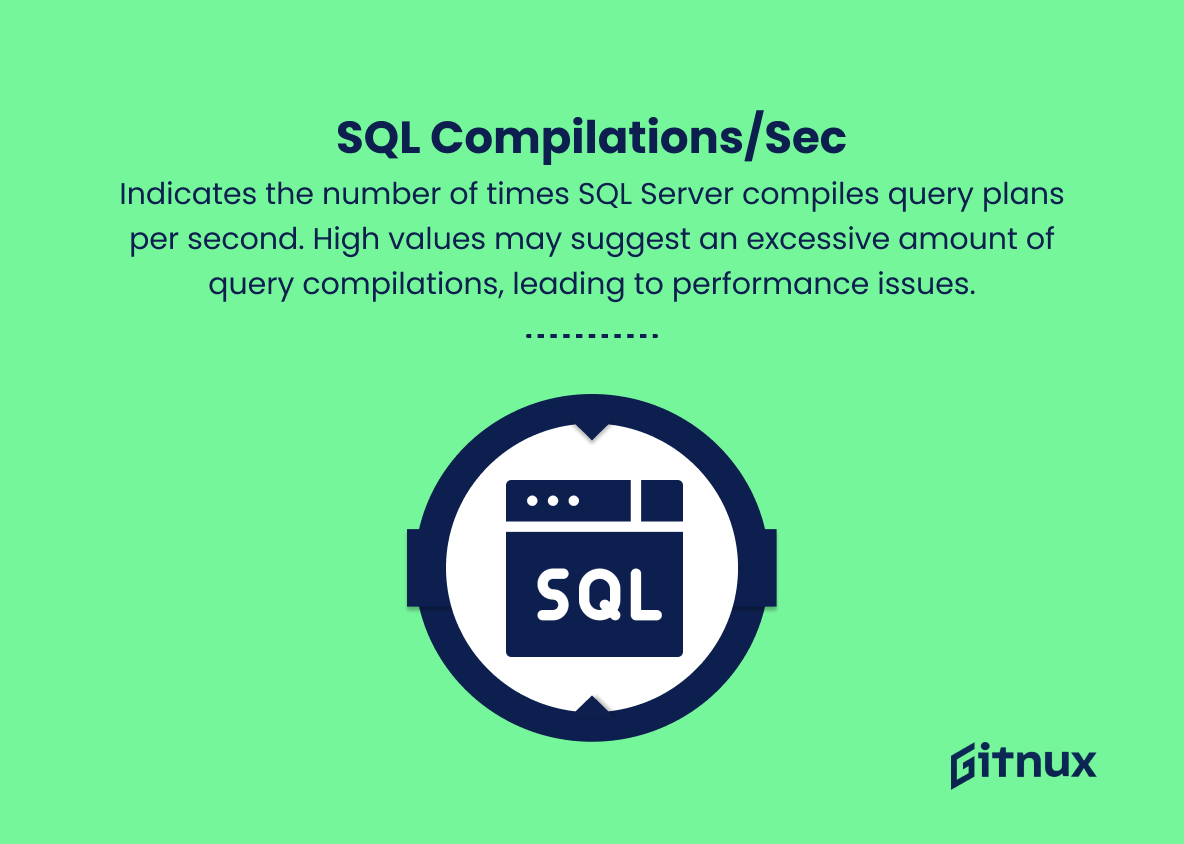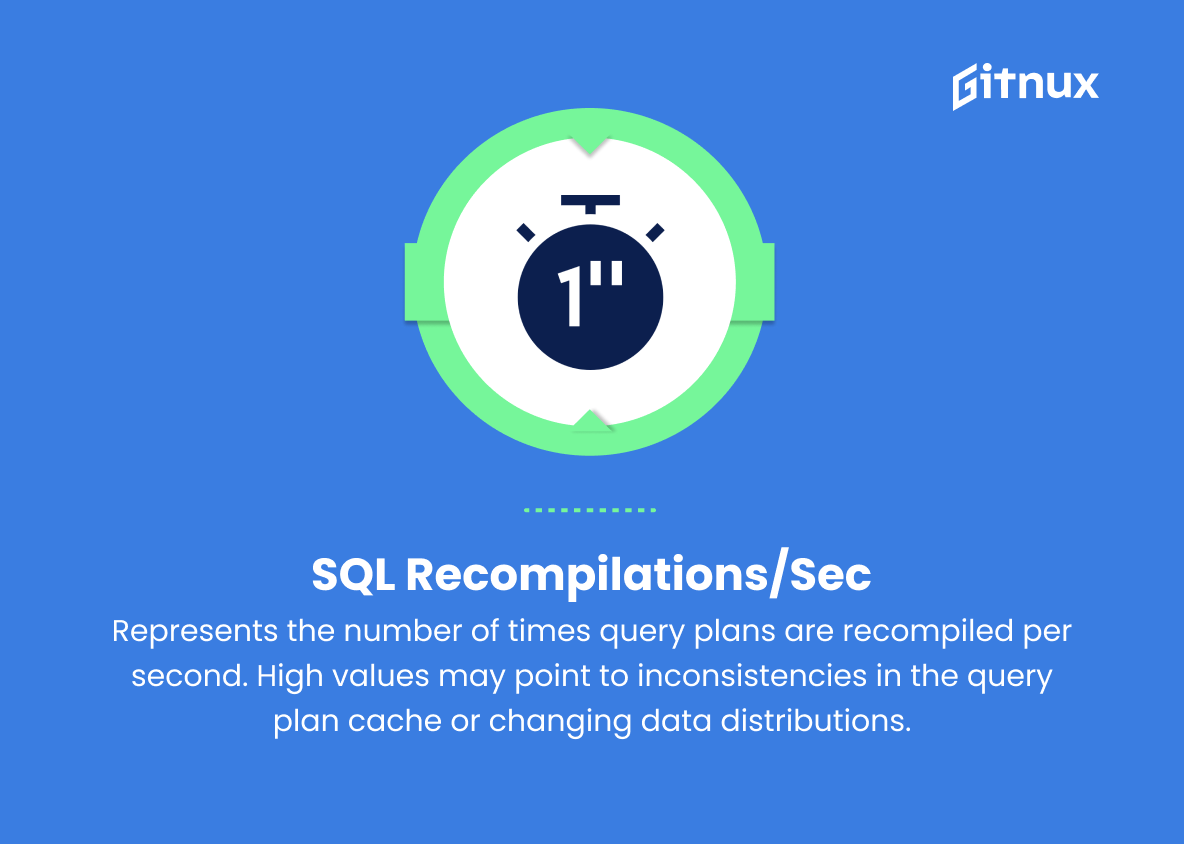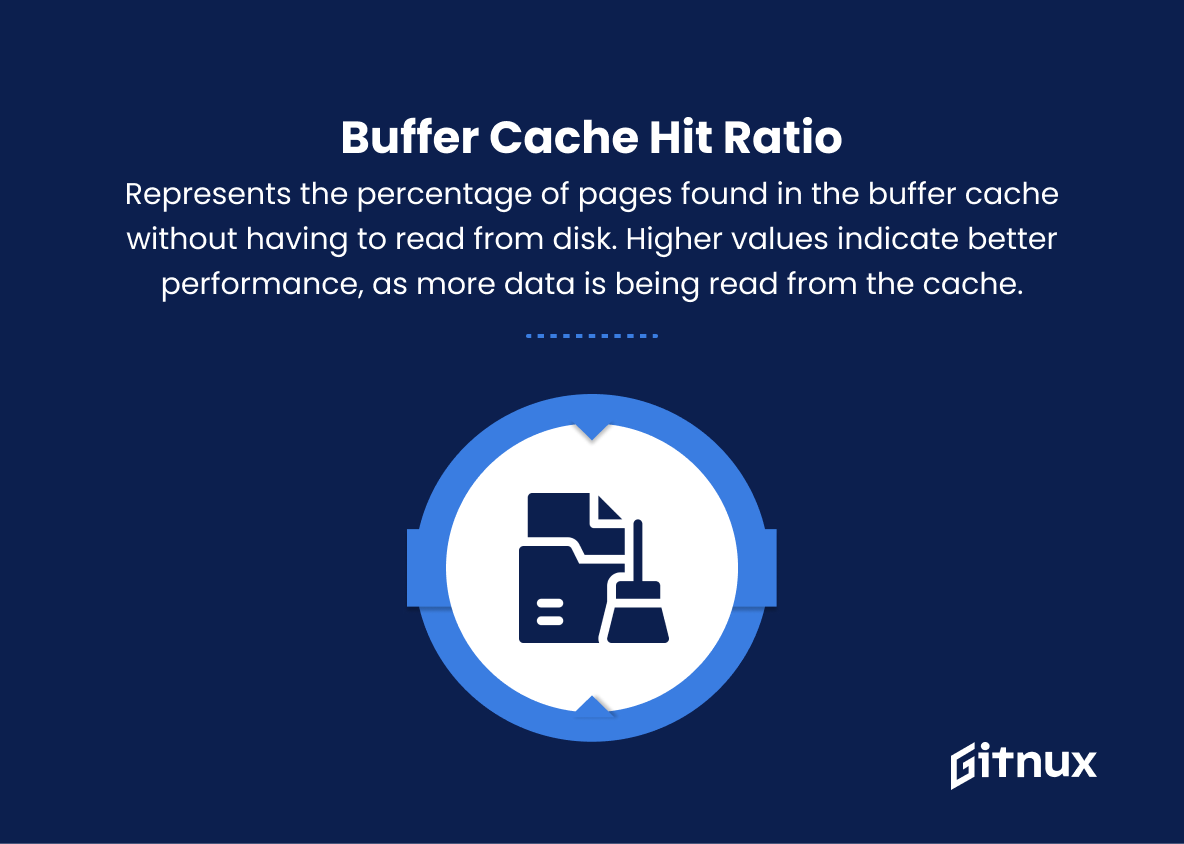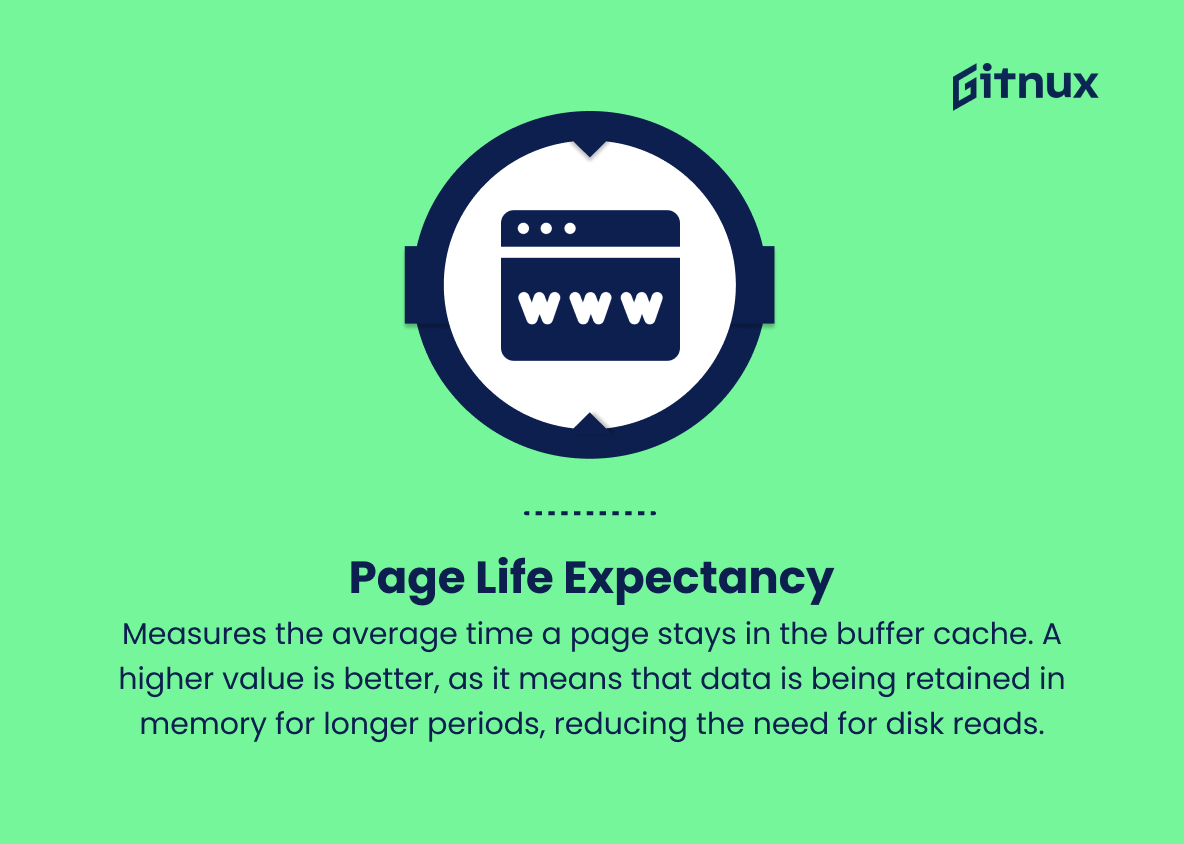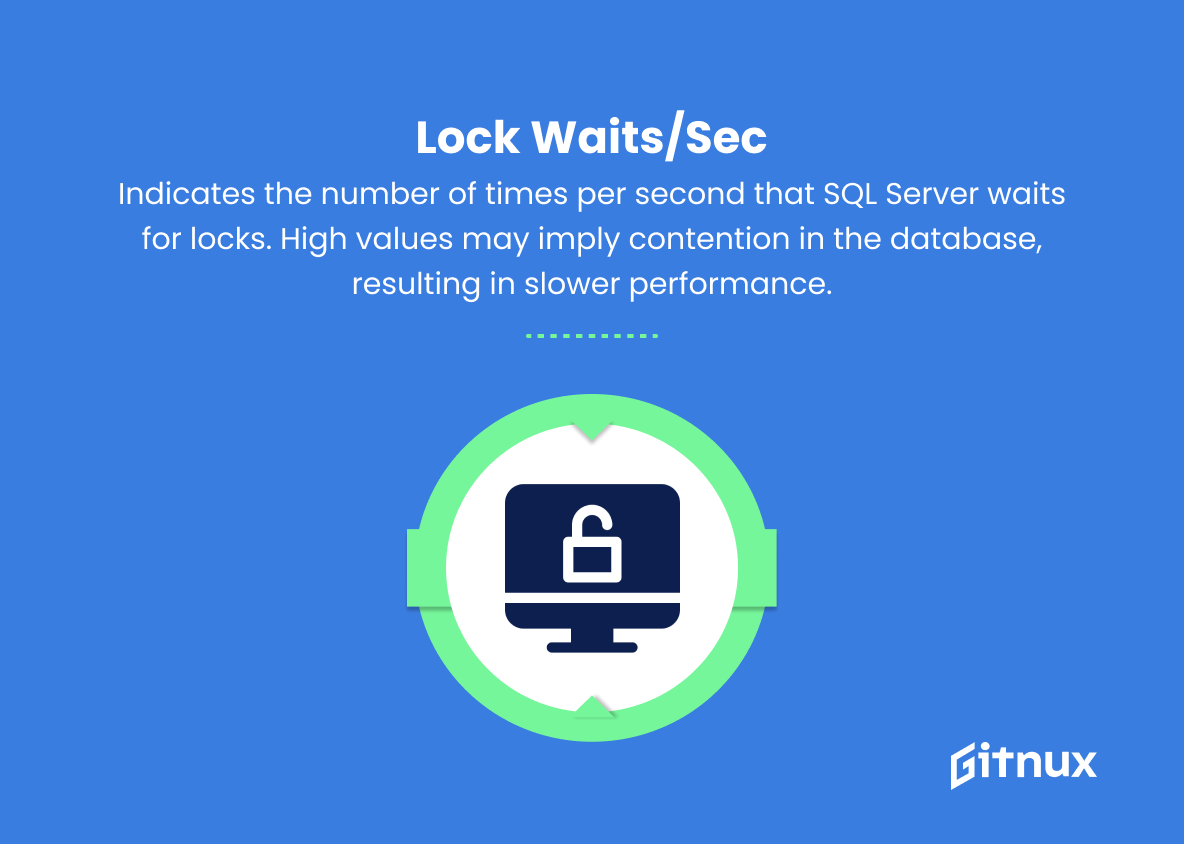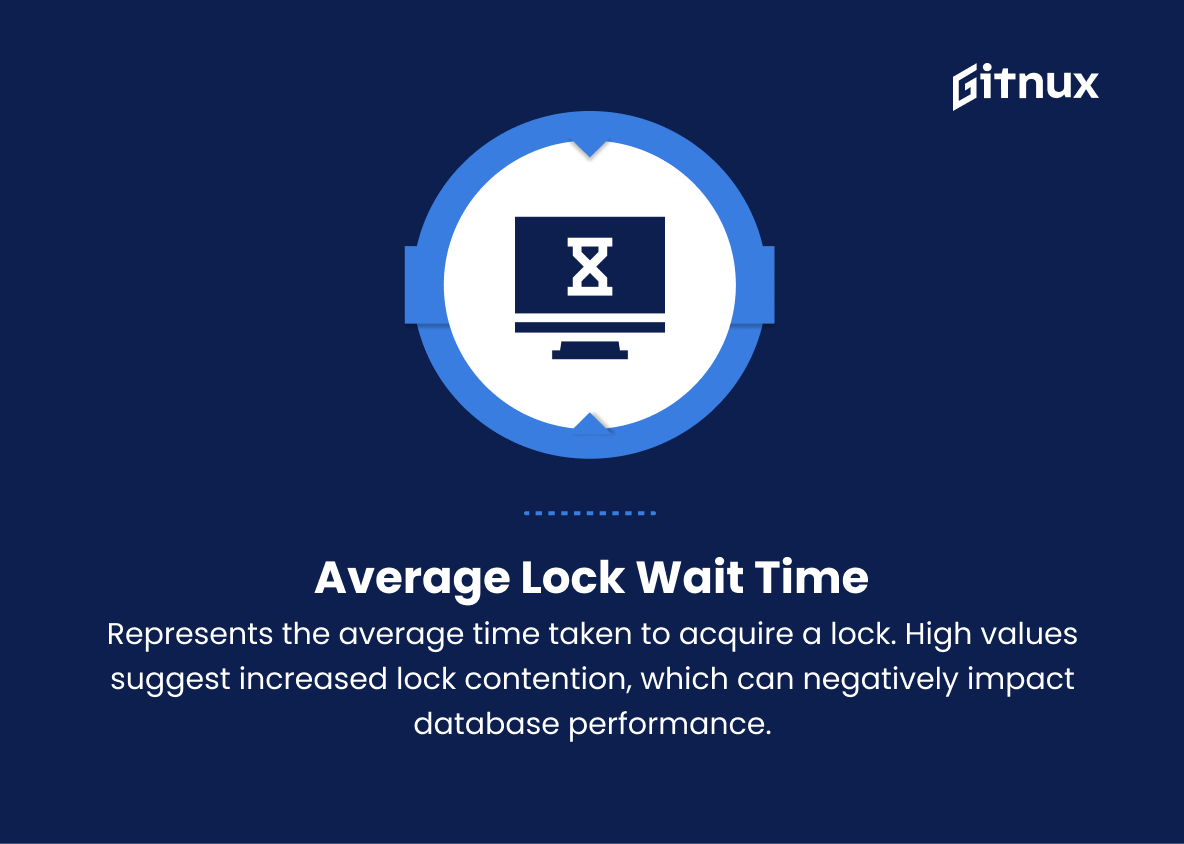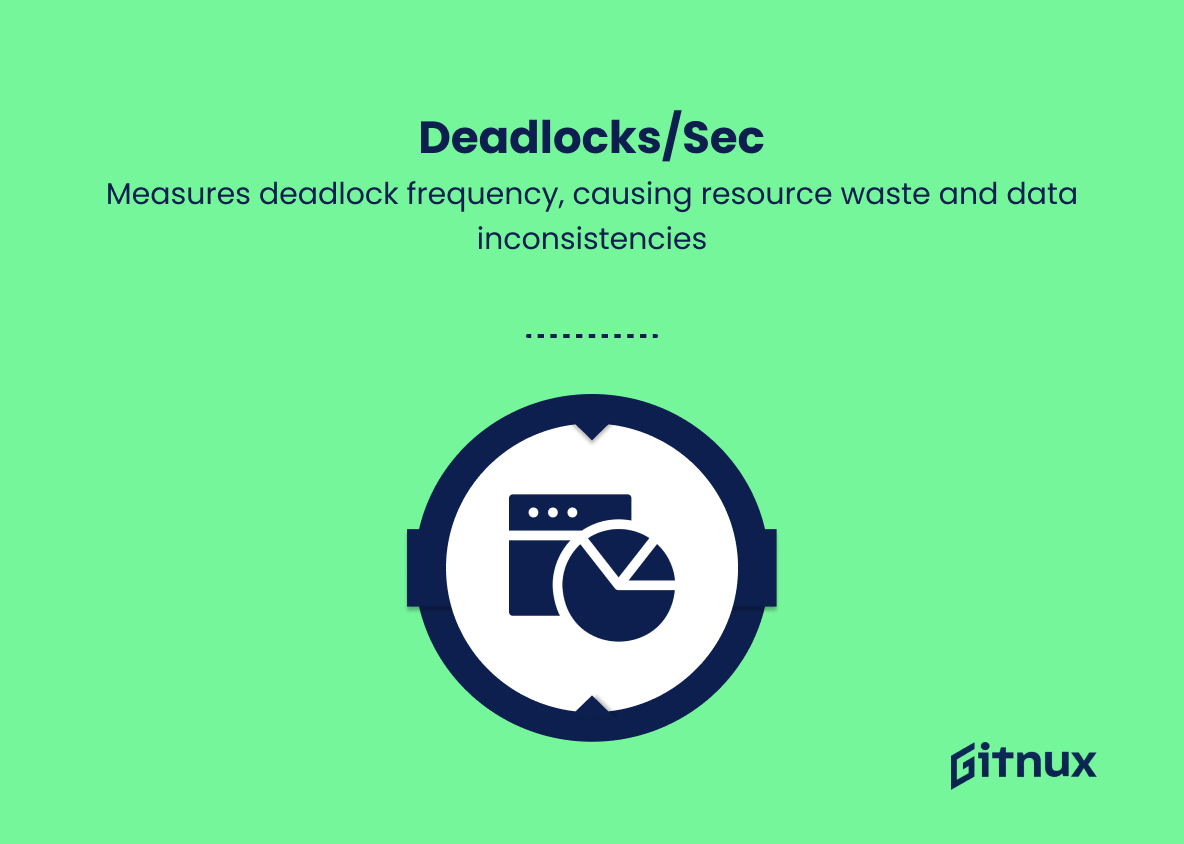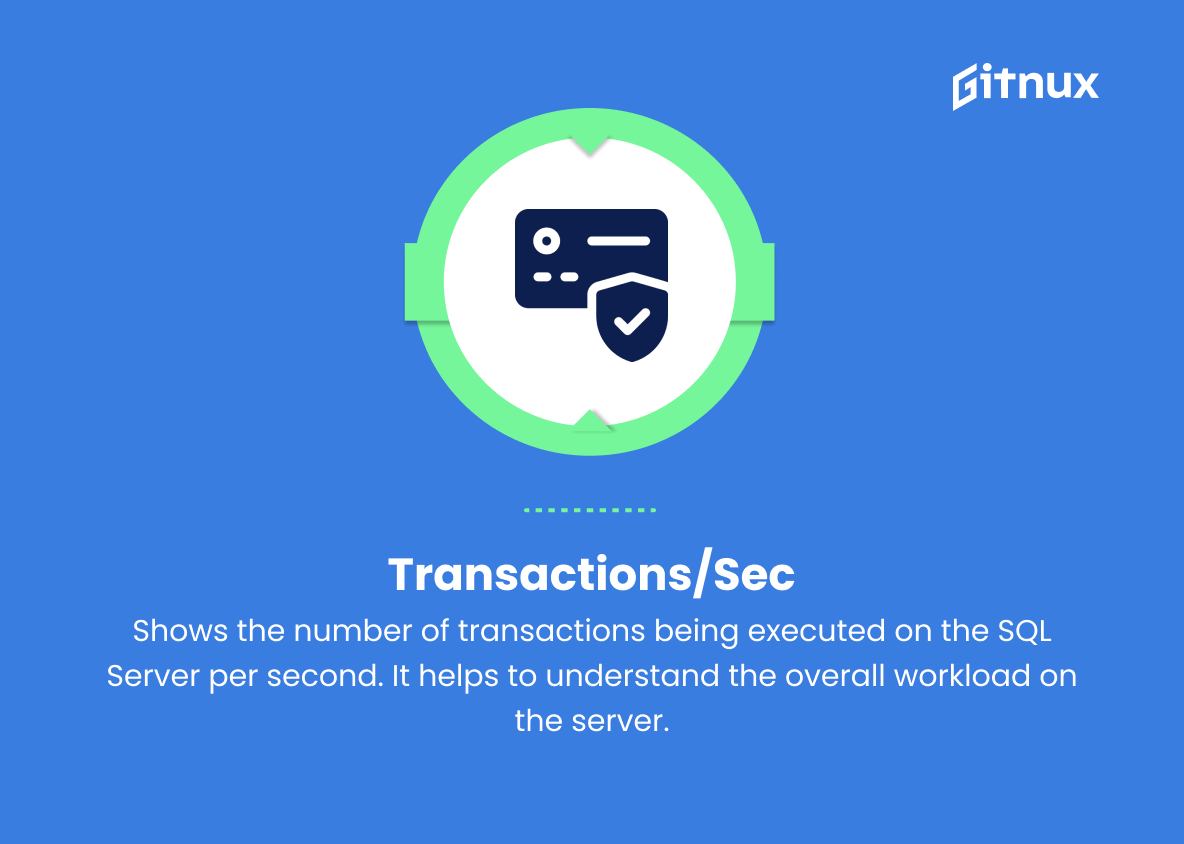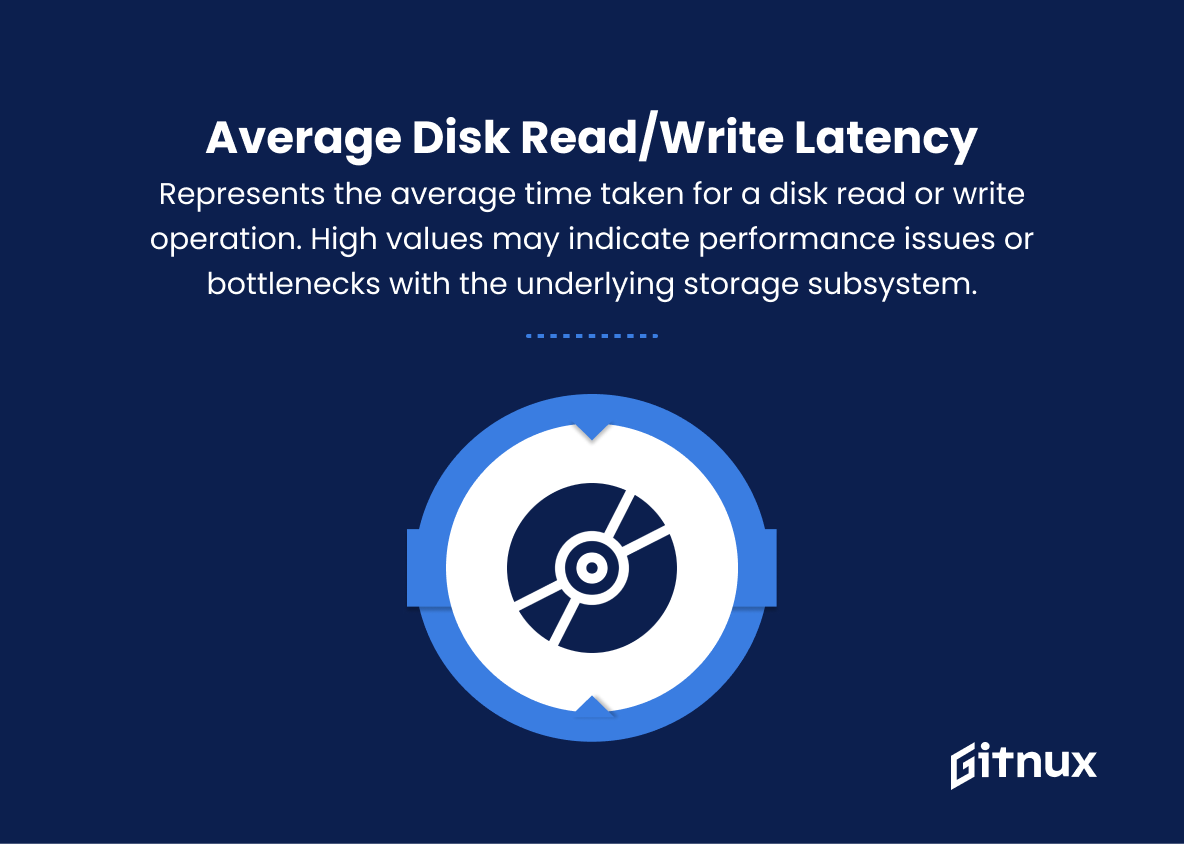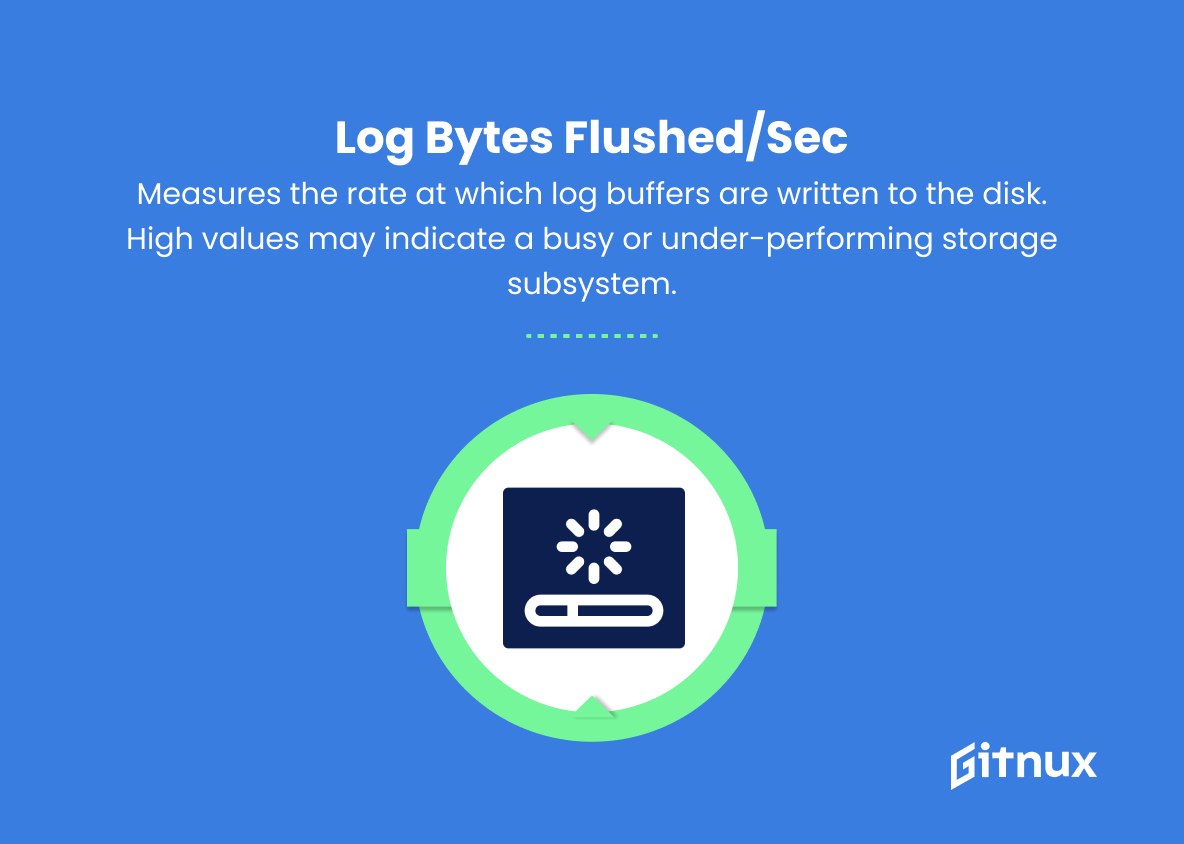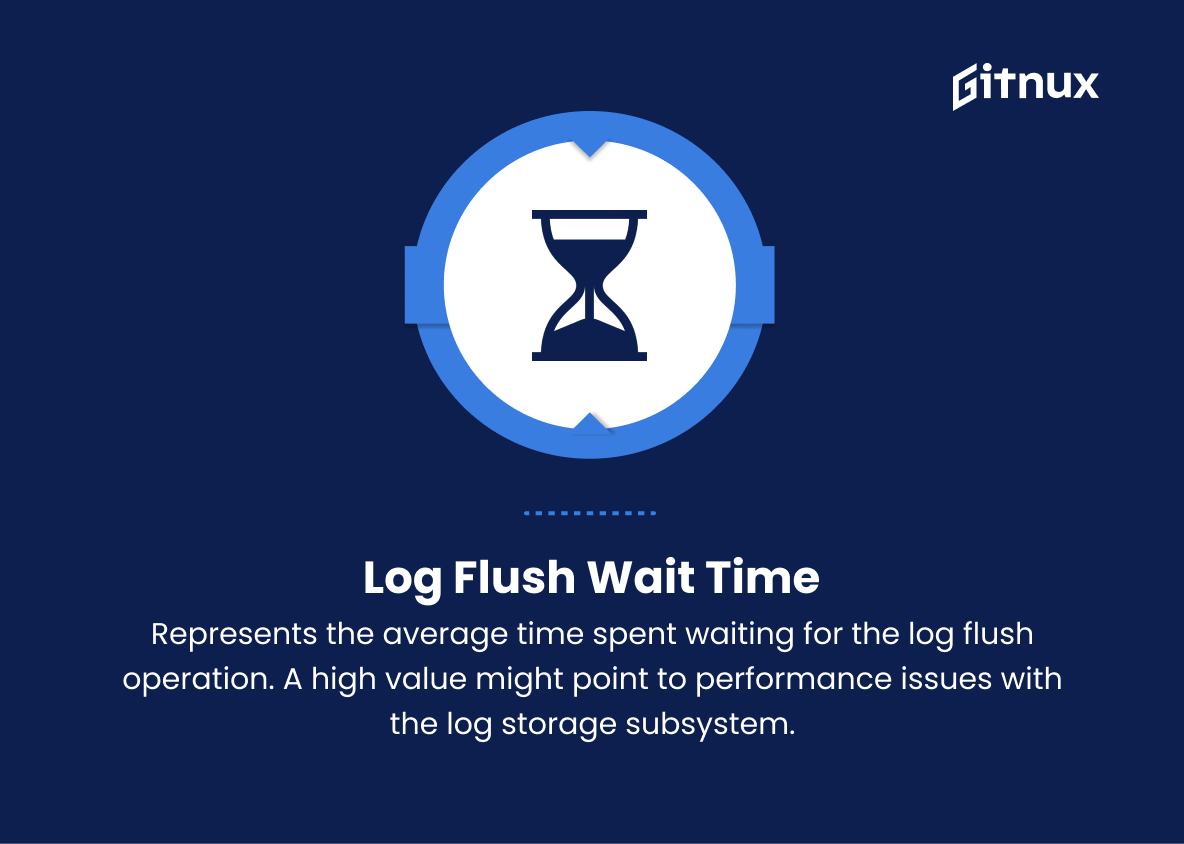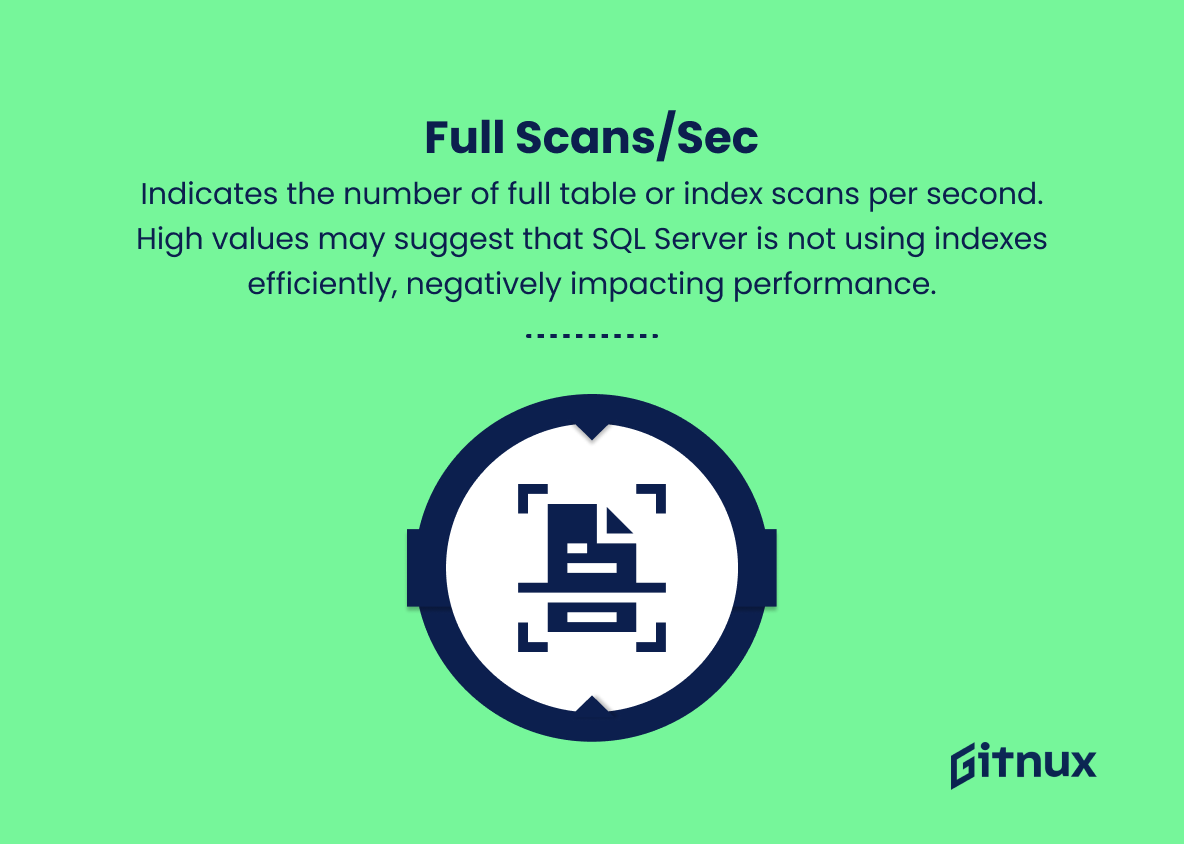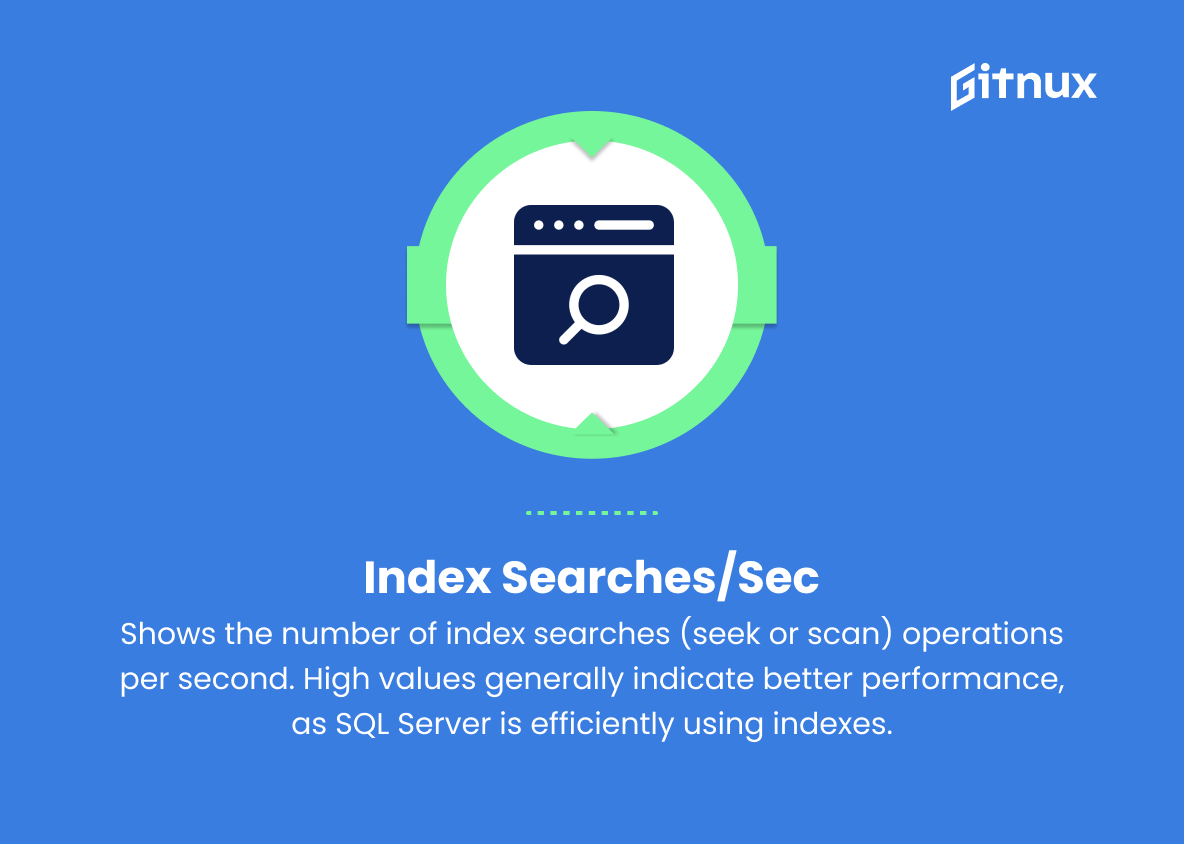Efficient database management is crucial for a competitive edge. SQL Server is a widely used platform for critical data storage and analysis. Monitoring performance metrics is imperative for IT professionals and DBAs. This blog post delves into essential SQL Server metrics, optimizing for peak performance and maximum reliability. Learn to make your SQL Server database environment efficient, resilient, and robust.
SQL Server Performance Metrics You Should Know
1. Batch Requests/sec
This metric measures the number of T-SQL command batches received by the SQL Server per second. It helps to assess the overall workload on the server.
2. SQL Compilations/sec
Indicates the number of times SQL Server compiles query plans per second. High values may suggest an excessive amount of query compilations, leading to performance issues.
3. SQL Recompilations/sec
Represents the number of times query plans are recompiled per second. High values may point to inconsistencies in the query plan cache or changing data distributions.
4. Buffer Cache Hit Ratio
Represents the percentage of pages found in the buffer cache without having to read from disk. Higher values indicate better performance, as more data is being read from the cache.
5. Page Life Expectancy
Measures the average time a page stays in the buffer cache. A higher value is better, as it means that data is being retained in memory for longer periods, reducing the need for disk reads.
6. Lock Waits/sec
Indicates the number of times per second that SQL Server waits for locks. High values may imply contention in the database, resulting in slower performance.
7. Average Lock Wait Time
Represents the average time taken to acquire a lock. High values suggest increased lock contention, which can negatively impact database performance.
8. Deadlocks/sec
Measures the number of deadlocks occurring per second. Deadlocks force SQL Server to choose one process to terminate, resulting in wasted resources and possibly inconsistencies in the data.
9. Transactions/sec
Shows the number of transactions being executed on the SQL Server per second. It helps to understand the overall workload on the server.
10. Average Disk Read/Write Latency
Represents the average time taken for a disk read or write operation. High values may indicate performance issues or bottlenecks with the underlying storage subsystem.
11. Disk Queue Length
Represents the number of outstanding disk requests. High values might indicate a storage subsystem performance bottleneck or hardware issue.
12. Log Bytes Flushed/sec
Measures the rate at which log buffers are written to the disk. High values may indicate a busy or under-performing storage subsystem.
13. Log Flush Wait Time
Represents the average time spent waiting for the log flush operation. A high value might point to performance issues with the log storage subsystem.
14. Full Scans/sec
Indicates the number of full table or index scans per second. High values may suggest that SQL Server is not using indexes efficiently, negatively impacting performance.
15. Index Searches/sec
Shows the number of index searches (seek or scan) operations per second. High values generally indicate better performance, as SQL Server is efficiently using indexes.
16. CPU Utilization
Represents the percentage of CPU resources used by SQL Server. High values may indicate a need for more CPU resources or optimizing query performance.
SQL Server Performance Metrics Explained
SQL Server performance metrics enhance efficiency and productivity. They optimize workload, minimize disk reads or writes, identify bottlenecks, reveal index usage, and prevent over-utilization. Monitoring and understanding these metrics proactively enhances system responsiveness and stability.
Conclusion
In summary, keeping an eye on crucial SQL Server Performance Metrics is vital for businesses relying on databases for their daily operations. By monitoring these metrics, administrators can ensure optimal SQL Server performance, minimize downtime, and maintain efficient data processing. This not only maximizes operational productivity but also allows for informed decision-making when it comes to scaling and optimizing database infrastructures.
As the technology landscape evolves, remember to consistently revise and adapt to new methods and strategies for SQL Server performance management, ultimately staying one step ahead in the competitive world of database administration.
